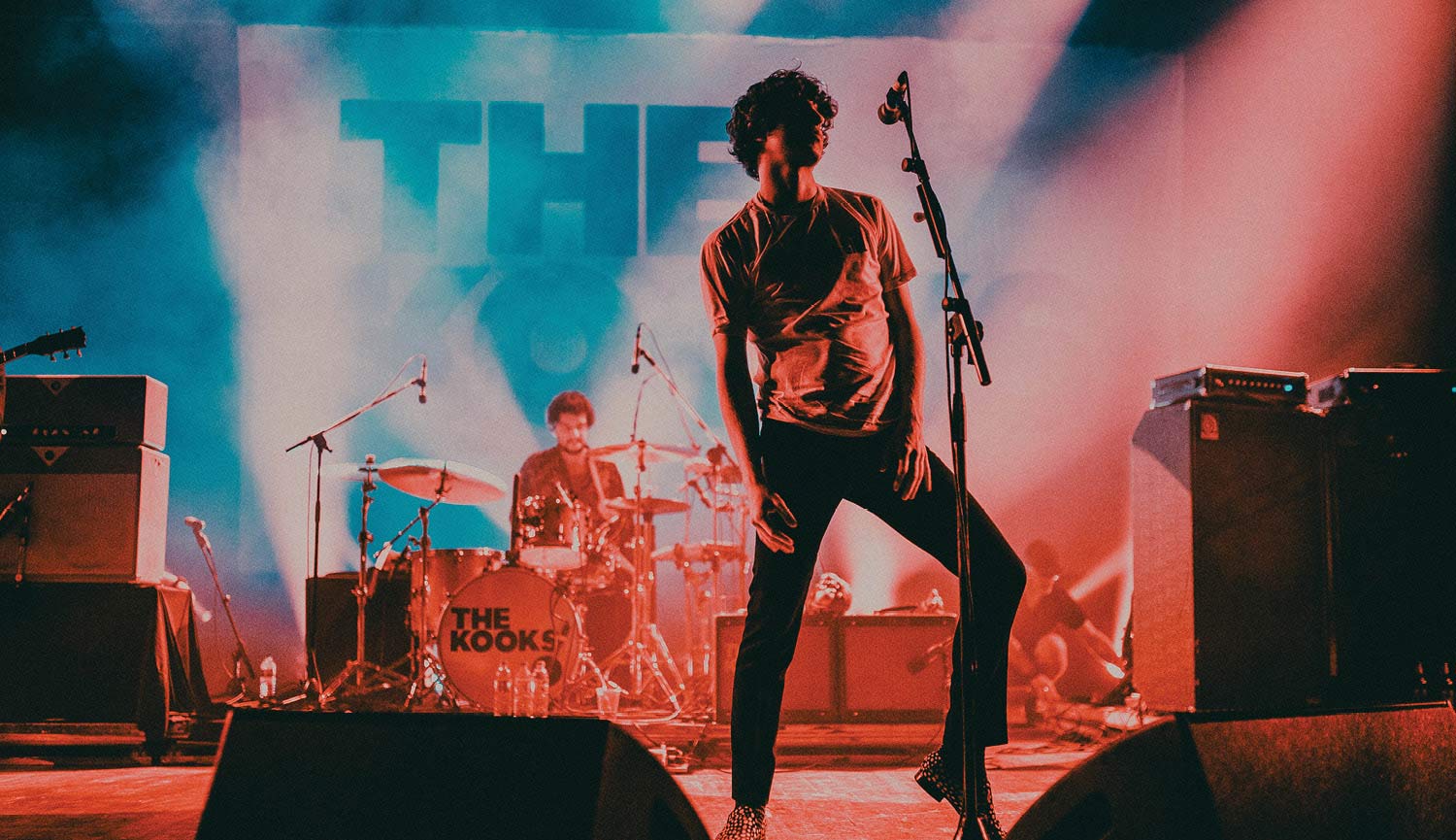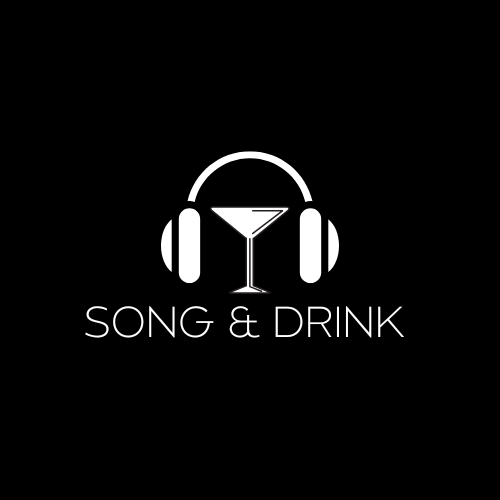
Fuzz & Drums: Exploring The Garage Rock Revival Of The 00’s
Each music scene we celebrate is a cocktail comprised of the perfect balance. In this case its equal parts attitude, style, and sound splashed with a sleazy and brash rebellion.
The original Garage movement rocked its way through the 60’s as a medium for bands who wanted a more bare bones approach to rock music. At such high volumes there was little room for any expensive sheen. The millennium kicked off with a blast of new bands playing up their stage swagger and flirting with greasy guitar riffs. How did this resurgence come to pass at a time when mainstream music was overflowing with boy bands and pop divas?
SETTING THE TONE
Musical movements ignite when the conditions are perfect for a fire. In the early aughts, young independent artists in NYC were finding a renewed interest in 60’s and 70’s rock and faux-British posturing. The Strokes kicked it all off with their incredibly definitive and classic album Is This It. Its debut single Last Nite dripped with charisma, confidence, and dirty energy while its accompanying live and low-budget video was in sharp contrast to other mainstream offerings of the day.
This was about weeknight beers at local dive bars, chain smoking cigarettes, and doing drugs in the bathroom. .

Whether it was authentic or contrived isn’t the point. Lead singer Julian Casablancas came from a wealthy upbringing and was bemused with riffing on his favourite Television and Velvet Underground records. As music gets recycled over time new layers of persona get injected into the DNA, changing its complexities and creating a new genomes. For the youth of the world The Strokes were adding new set of chromosomes to the template of rock n roll.
Indie music was about to experience a new alternative to the old alternative.
THE NEW SOUND OF OLD INDIE
The production and mixing on Is This It was carefully crafted to hold just the right amount of nostalgia. Many of the original 60’s and 70’s albums were a product of the recording gear available at the time and thus a certain “sound” came out of it. Low-fi, raw, land less-polished were defining attributes then that have become favourable studio tricks now. It doesn’t take an expert to hear how hard modern artists are trying to achieve that retro sound today (Note Tame Impala’s super-hot 70’s drum sound currently featured on nearly every new indie track).
Tape machines and vintage gear shave off certain frequencies leaving a more saturated sonic charm. This can sound sticky, punchy, and distorted making the music seem more “lived in” like an old pair of jeans.
Julian Casablancas spent excruciating attention to detail to emulate vintage sounds on purpose, cutting off all super low frequencies in the album’s mixing and mastering process. Modern Digital recording technology today is just too good and too clean to get that vibe by itself, thus a saturated gritty attitude now has to be painted on with plugins.
The difference between a little more or less treble on the hi-hat track can completely change how the listener emotionally feels when listening to the album. Crazy but true. It’s rumoured the band spent days painstakingly trying to get the tone of the hi-hat just right. It’s the sum of all the tiny parts that end up creating the feel of the finished product, and therefore bleeding into everything the band stands for. Who would have thought there could be so much emotion in one small cymbal?
Setting the blueprint for this new movement the Strokes were over-buzzed and thus poised to bloom into the pioneers of cool-clique rock. They tried too hard, and that was just fine.
The rock world needed something to contrast the densely over-processed alternative and rap-rock acts like Limp Bizkit, Creed, and Korn. As nu-metal, Puff Daddy, and bubblegum pop had been dominating the charts for some time a new indie movement was imminent. Enter The White Stripes.
Their standout album White Blood Cells received critical acclaim and launched the hit single Fell In Love With A Girlwhich boiled over with all the vicious elements of the genre’s punch in only a minute and a half of time. It was a quirky and anxious statement proclaiming what would come next in rock.
NECESSITY BREEDS INNOVATION

In its origins Garage was about the simplicity of what was affordable. Cheap guitars overdriving blown amps backed by combative bass lines and furious drumming. It was never about becoming a musical prodigy or perfecting an instrument.
Quite the contrary, it was about wanting to pick up an instrument and mess around with rock’s basic elements: beer, power chords, and fuzz pedals.
Being a perfect singer could only ruin the raucousness of the jam and so mediocrity and looseness was preferred. Roots tracks like “Louie Louie” and “Surfing Bird” would be far from winning over American Idol judges with their poise and diction.
That’s not to say there isn’t any precision behind it. The revival’s sound was very sharp and focused. Bands wanted to be spry and paid attention to what they were doing. In the 60’s everything was new and experimental. Ray Davies was credited with cutting a hole in his amplifiers speaker with a knife to get the distortion tone he was after.
Big riffs, overblown confidence, and punchy well-crafted songs. This was ear candy for anyone craving a little lean and mean indie action in a time full of over-processed rock hybrid confusion. It was an average brand beer, but you’re thirsty and hot so it goes down smooth and fast.
AESTHETICALLY PLEASING
Fashion and style played a key role in the aesthetic of the Garage revival. Skinny jeans, leather jackets, tight clothes, ironic shirts, and trendy haircuts become a staple of the scene. Men could shop in the women’s department for a tighter fit if regular skinny jeans just didn’t complete the “package”. The White Stripes, Franz Ferdinand and The Hives all took such pride in their appearance that its certain band practice was as much about finessing the wardrobe as it was rehearsing songs. Distressed jeans and jackets from thrift shops kept the old school punk attitude alive and well, but this time designer was also acceptable.
As the movement grew, notable students of Garage’s graduating class spanned from all over the globe. At it’s core the Garage Revival label was linked to the following groups: The Strokes, The Libertines, The White Stripes, The Hives, Franz Ferdinand, The Kooks, The Cribs, The Vines, Arctic Monkeys, Bloc Party, Kaiser Chiefs, The Walkmen, The French Kicks, Mando Diao, The Fratellis, The Futureheads, Sahara Hotnights, The Yeah Yeah Yeahs, Jonathon Fire Eater, Black Rebel Motorcycle Club, The Subways, Hot Hot Heat, Maximo Park, The Libertines, The Rakes, and The Von Bondies.

SAHARA HOTNIGHTS 
THE KOOKS 
THE VON BONDIES 
MANDO DIAO 
FRANZ FERDINAND 
THE MOONY SUZUKI 
MAXIMO PARK 
THE HIVES 
THE HORRORS 

CLASS OF THE GARAGE ROCK REVIVAL
The lines between all bands in this scene are inevitably blurred. Garage and Post-Punk are sometimes interchangeable as are the genres of dance-punk and electro-clash. For example, The Bravery, Metric, DFA1979, and TV On The Radio are all extended family of this scene as are Franz Ferdinand and Block Party. Interpol’s chilly undertones push them just outside the margin of inclusion, but they are often cited as key players due to the timing of their debut album and NYC connections.
The Killer’s were not quite rebellious enough to be real scenesters, though they are often lumped in because of their name. (Note: Any band in the 2000’s who had a “The” prefix attached to their moniker could get a ticket inside the club, i.e The Kills, The Datsuns, The Music).
That being said there are key characteristics all these acts shared, that is at least the time and place in which they bloomed into popularity and helped indie rock thrive. Sadly in the years to follow these once highly-successful acts would lose audiences as the entire Garage Rock surge collapsed. The bands still standing are finding new ways to evolve their sound and energy while the rest hung up their wing tips and converse long ago.
AT IT’S PEAK GARAGE ROCK WAS ACCESSIBLE ENOUGH TO BE ADMIRED BY all types of music fans. Any ipod FROM 2006 would LIKELY include playlists featuring THE STROKES AND THE WHITE STRIPES NEXT TO EMINEM AND BEYONCE.
THE DRUGS WORE OFF
By the end of the decade, “indie rock” was just too diverse to be locked down into one category. All sorts of genres were mashing together and Garage’s bravado simply ran out of steam. Australian party crashers Jet were making contrived Garage Rock schlocky enough for our aunts to dance to, while the entire schtick had seen one too many car commercials to remain cool. The scene was dead.
The onset of bedroom indie acts that followed began flooding the web with Vapourwave and 80’s-filtered production. The new emotional high was lush synthesizers and reverb and rock’s scrappy production was replaced with a giant VHS tape.
The rock scene eventually just got, well…washed out. There is absolutely no way these two genres could ever co-exist as Garage Rock required far too much stamina to keep up with. After 2012 the world was drained by the anxiety of life. It was time for a cool down provided by the soft blanket of chill-wave and sedatives. The comfy-cozy youth of the new decade wanted something less demanding. More weed and Netflix. Less cocaine and tight jeans.
While the late 2000’s launched some incredible new acts (MGMT, Passion Pit, Empire Of The Sun) and a Hip-Hop takeover (Drake, Nicki Minaj, Travis Scott) there was too much streaming accessibility to provide a collective emotional movement. Everyone could just do their own thing. The ability of indie tastemakers like Pitchforkmedia to break new bands dwindled down the drain like the last beer piss of the night.
WAITING FOR ROCK’S NEW SHAPE
The Garage revival was arguably the last great movement in rock n roll. While present-day acts like Greta Van Fleet are trying desperately to rub the genre’s last two soggy sticks together, plagerizing influences won’t provide nearly enough fuel to start any new fire. What’s more it just might not be time for society to start playing it cool again until we figure out where we are going next. The world is confused and afraid and our confidence levels are questionable. It’s time for CBD anxiety-reduction in stretchy clothes, and restaurant delivery while we wait it all out.
Dark times like these always spark huge reactive output and its certain there is a new frontier of artists that want to get ruff again. How long it will take to get off the couch and get back in shape though is uncertain. Just don’t throw out your skinny jeans just yet.

